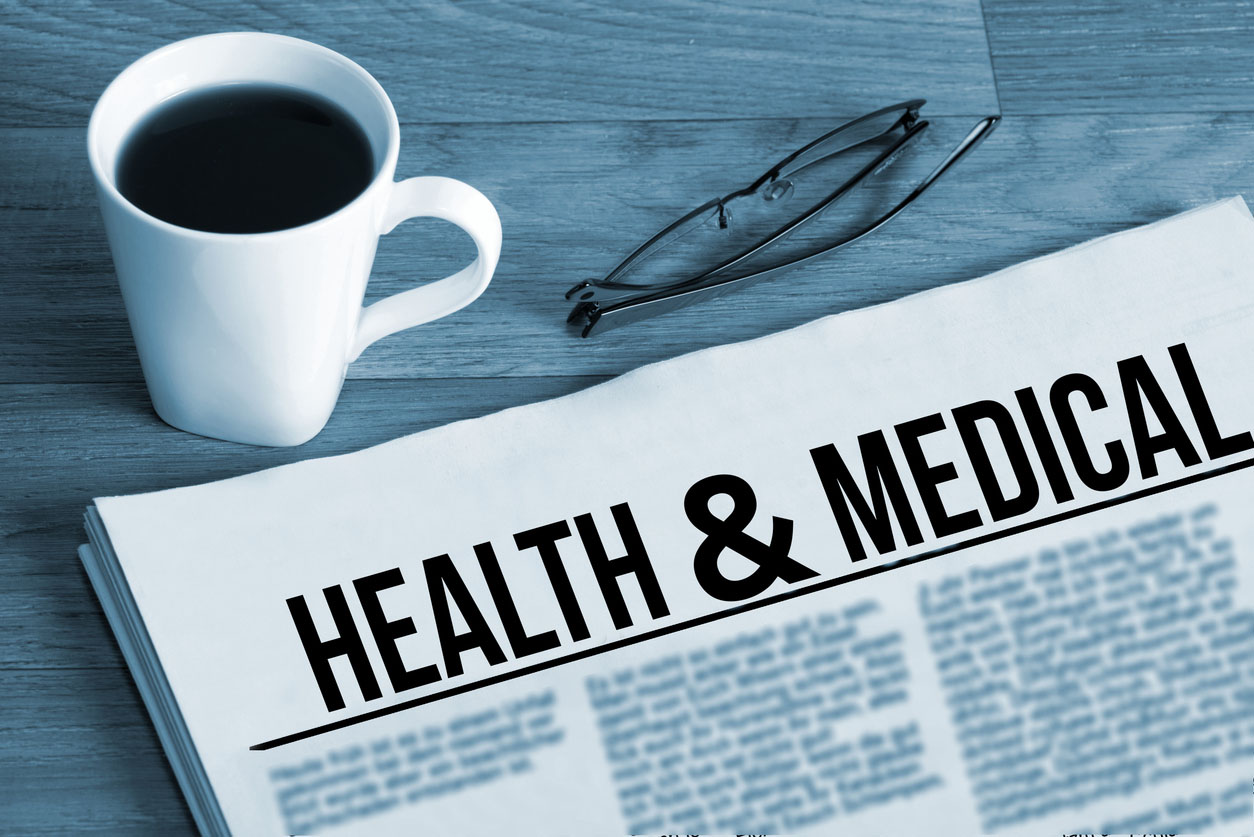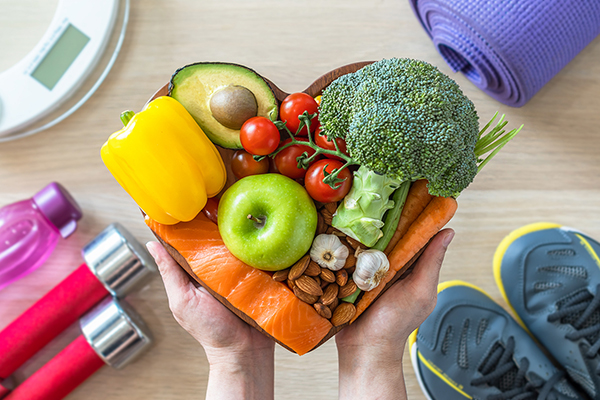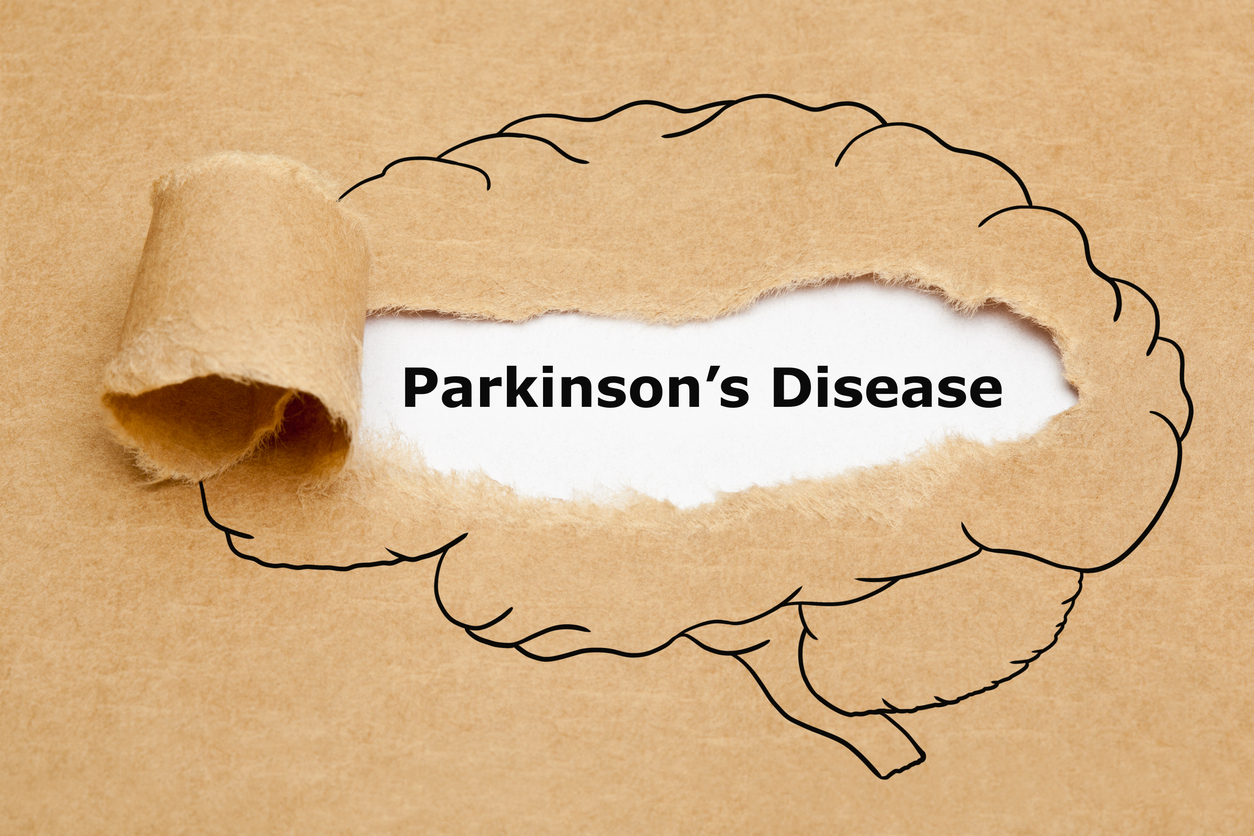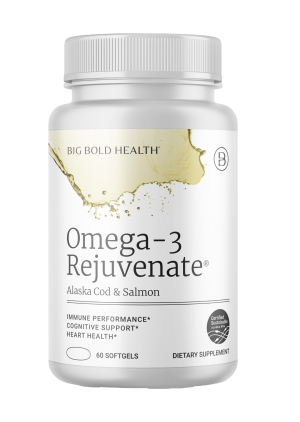Want the scientific lowdown on detoxification? Read this fact-filled article from our friends at Protocol for Life Balance for practical tips on how to support your body’s essential clean-up pathways!
—Dr. Ronald Hoffman
This article contains content from one of our trusted sponsors.
Support detoxification with Chlorophyll, N-acetyl cysteine, DIM 200 plus CDG 100, and Liver Detox Support.*
Our body possesses a very sophisticated and efficient natural detoxification system. To be more accurate, it is a multitude of detoxification processes working simultaneously, day in and day out, to maintain the body’s homeostasis. This equilibrium is obtained by getting rid of xenobiotics (environmental foreign elements entering the body) and by eliminating the normal waste created by our own bodily functions, mainly through the gastrointestinal and respiratory tracts, as well as the liver and kidneys. It would be impossible to review in one article the full body’s detoxification systems, but using the example of four supplements, Chlorophyll, N-Acetyl Cysteine, DIM 200 plus CDG 100, and Liver Detox Support, we will explore some of the processes in place to detoxify and how each of these supplements contributes to the detoxification of the body.*
Throughout the article, we will mention several detoxification processes, including free radical scavenging, the role of which is to trap destructive free radicals generated within the body during normal metabolic processes, including those generated by immune system activity. While the generation of free radicals is an important normal function of the body, in some circumstances, an overproduction of free radicals can be deleterious, hence the need for free radical scavengers that can be either produced within the body or ingested as nutrients through foods or supplements. The other main detoxification processes mentioned here are known as phase I and II detoxification. These two phases of detoxification take place in the liver; their ultimate goal is to facilitate the biotransformation of xenobiotics and some compounds generated by the body, such as steroid hormones, into inactivated forms that are easily eliminated in the bile and urine.
Phase I refers to the first step in this metabolic biotransformation of fat-soluble compounds into inactivated water-soluble excretable metabolites. Phase I is mediated by a family of enzymes known as cytochrome P450s (CYP) and other enzymes in charge of the hydroxylation and reduction of molecules that need to be discarded by the body. Phase II refers to the biotransformation facilitated by many liver enzymes such as UDP glucuronosyl transferases, glutathione S-transferases, amino acid transferases, N-acetyl transferases, and methyltransferases. These enzymes modify the chemical structure of substances present in the liver into a chemical form that is easily eliminated by the body. The body possesses other detoxification tools, including being able to modulate the expression of genes in charge of the production of detox proteins. Detoxification also occurs through protein carriers dedicated to eliminating heavy metals.1
Now, we return to supplements that can be used to support the body’s detoxification processes. Chlorophylls are green pigments naturally occurring in plants. The different physicochemical activities of chlorophylls support several biological actions that may produce a beneficial impact on human health by preventing the deleterious effect of some xenobiotics and environmental stressors.* Sodium copper chlorophyllin has been demonstrated to be a potent free radical scavenger in laboratory experiments.*2 Furthermore, chlorophylls have the ability to form tight molecular complexes with specific xenobiotics, limiting their ability to reach the bloodstream when ingested together.* Finally, in laboratory experiments, chlorophylls have shown to affect phase I and phase II detoxification processes, possibly assisting with the excretion of xenobiotics.*3-7 Another hypothesis supporting the detoxification properties of chlorophylls advanced by some scientists is that the similarity in structure between chlorophylls and hemes (myoglobin, hemoglobin) could partially explain the beneficial effects on gut health of a diet rich in green vegetables such as spinach compared to a diet rich in red meat.* For more information about this hypothesis see reference number 8.8
N-acetyl cysteine (also known as N-acetyl-L-cysteine or NAC) has been used in clinical practice for decades; however, molecular mechanisms by which NAC exerts its diverse effects are complex and still unclear. Its main mechanism of action involves serving as a precursor of amino acid cysteine and replenishing cellular glutathione levels in the liver.* High concentrations of glutathione are, for example, needed to detoxify N-acetyl-p-benzoquinoneimine a compound generated by the liver cytochrome P450 (phase I detoxification) when the body is exposed to N-(4-hydroxyphenyl)acetamide. (atkuri) Additional mechanisms of detoxification by NAC include scavenging of free radicals (*OH, *NO2, *CO3−) and thiyl radicals as well as detoxification of semiquinones, hypochlorous acid (HOCl), nitroxyl (HNO), and heavy metals (mercury, lead, cadmium).*9
Indole-3-Carbinol (I3C) is a beneficial compound found in cruciferous vegetables such as broccoli, Brussels sprouts, cauliflower, and cabbage. After ingestion of these vegetables, I3C is transformed in the acidic environment of the stomach into 3,3′-Diindolylmethane (DIM). In laboratory experiments, DIM was able to modulate several phase I and phase II metabolic biotransformation processes suggesting that it plays a significant role in the elimination of specific xenobiotics and estrogens.* DIM has also many other properties in addition to supporting the body’s detoxification processes.* For more information, see reference number 10.10
Calcium-D-glucarate is the calcium salt of D-glucaric acid, a substance produced naturally in small amounts by the body. Glucaric acid is also found in many fruits and vegetables with the highest concentrations to be found in oranges, apples, grapefruit, and cruciferous vegetables. Calcium-D-glucarate’s detoxifying properties are attributed to its ability to increase glucuronidation and excretion of potentially toxic compounds.* Glucuronidation, also known as conjugation, is a metabolic biotransformation that takes place during phase II detoxification in the liver. Chemicals, steroid hormones, and other fat-soluble xenobiotics are conjugated with glucuronic acid which make them easier to discard via urine or through the biliary tract to be eliminated in feces. Beta-glucuronidase is an enzyme present in the colonic microflora that is capable of reversing the glucuronidation of these potential toxins, making it possible for them to be reabsorbed by the intestine rather than being discarded in feces. By blocking the action of beta-glucuronidase, calcium-D-glucarate contributes to increasing the elimination of conjugated xenobiotic compounds and to decreasing the activity of harmful substances that are most active in their deconjugated state.*11
Liver Detox Support is the last supplement we will explore with regard to detoxification.* It is a botanical-nutrient blend specifically formulated to support liver health and its detoxification processes.* Each serving has 100 mg NAC and 100 mg glutathione (see above for the detoxification properties of NAC and glutathione).* Among the botanicals found in Liver Detox Support, the main ingredient is a standardized milk thistle extract boasting 80% silymarin flavonoids (240 mg per serving), which is known to support healthy liver function.* Silymarin participates in detoxification processes by being a powerful free radical scavenger.* Silymarin also exerts a regulatory action on cellular and mitochondrial membrane permeability in association with an increase in membrane stability against xenobiotic injury.* It can thereby prevent the absorption of toxins into liver cells by occupying the binding sites as well as inhibiting many transport proteins at the membrane.*12,13
Protocol For Life Balance®, a brand of high-quality dietary supplements, offers, in addition to the four supplements described here, a wide range of detoxification products that allow for customized supplementation to meet the needs of each individual seeking to support both liver health and detoxification processes.* Consulting a healthcare professional for a customized detoxification program is recommended to optimize liver health and get rid of potentially deleterious xenobiotics and other waste generated within the body.*
References:
- Hodges RE, Minich DM. Journal of nutrition and metabolism. 2015;2015.
- Hsu C-Y, Chao P-Y, Hu S-P, Yang C-M. 2013.
- Yun C-H, Jeong HG, Jhoun JW, Guengerich FP. Carcinogenesis. 1995;16(6):1437-1440.
- Morita K, Ogata M, Hasegawa T. Environmental health perspectives. 2001;109(3):289-294.
- John K, Divi RL, Keshava C, et al. Cancer letters. 2010;292(2):254-260.
- Roca M, Chen K, Pérez-Gálvez A. Chlorophylls. Handbook on natural pigments in food and beverages: Elsevier; 2016:125-158.
- Fahey JW, Stephenson KK, Dinkova-Kostova AT, Egner PA, Kensler TW, Talalay P. Carcinogenesis. 2005;26(7):1247-1255.
- De Vogel J, Jonker-Termont DS, Van Lieshout EM, Katan MB, van der Meer R. Carcinogenesis. 2005;26(2):387-393.
- Samuni Y, Goldstein S, Dean OM, Berk M. Biochimica et Biophysica Acta (BBA) – General Subjects. 2013;1830(8):4117-4129.
- Banerjee S, Kong D, Wang Z, Bao B, Hillman GG, Sarkar FH. Mutation research. 2011;728(0):47-66.
- Review, States U, Aug;7(4):336-9. AMR. Alternative medicine review : a journal of clinical therapeutic. 2002;7(4):336-339.
- Saller R, Meier R, Brignoli R. Drugs. 2001;61(14):2035-2063.
- Pradhan S, Girish C. Indian Journal of Medical Research. 2006;124(5):491.
* These statements have not been evaluated by the Food and Drug Administration. These products are not intended to diagnose, treat, cure, or prevent any disease.







